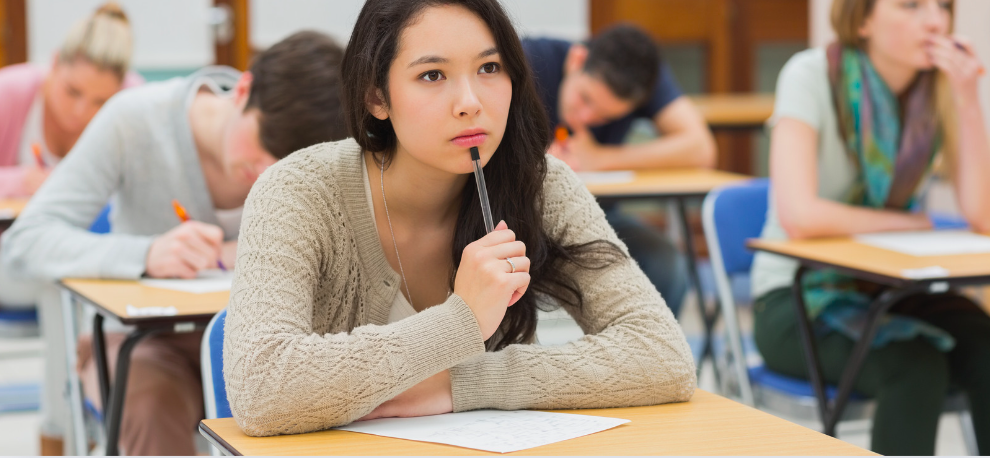5 Ways to Put UDL Into Action to Unlock Student Potential
Recently, I was on a road trip and stopped to fill up my car with gas. I ran into the gas station to grab something quick to eat, and in an attempt to prioritize a healthy, high-protein snack, I opted for the gas station's hard-boiled eggs. Don’t you judge me! 😉. After just one bite, I learned this would be my first and last experience with questionable road eggs. This experience highlights the importance of reflection. We try things, and sometimes we win, and sometimes we lose. But it’s essential to embrace these trial periods to determine what works best for us so that we can make better decisions in the future. Reflecting on learning experiences can help students understand what strategies work best for them and improve their decision-making and learning skills.
Research supports the value of student reflection in education. Daily reflection helps students internalize what they’ve learned, recognize their strengths and weaknesses, and develop metacognitive skills. Reflection has been shown to:
- Have a substantial positive impact on student achievement - with an effect size of 0.79, reflection is a powerful tool for learning, according to a study by Hattie and Donoghue (2016),
- Improve performance and effectiveness, according to research published in the Harvard Business Review
- Increase performance by 23%, In a study conducted by Di Stefano et al. (2014), participants who spent 15 minutes reflecting at the end of the day performed 23% better after 10 days than those who did not reflect.
Understanding the power of student reflection and aligning it with UDL principles increases the opportunity to truly reach and teach all students and increases student agency, which means more learning for students and more balance for us as educators.
Universally Designed Strategies to Boost Student Reflection
To help students reflect effectively, consider implementing the following strategies in your classroom:
- Opening and Closing Routines: Start and end each class with routines that prompt reflection and visual thinking. For example, begin the day with a question like, “What do you hope to learn today?” and end with, “What was the most important thing you learned today?” These routines encourage students to set goals and reflect on their progress.
- Exam Wrapper Questions: Add exam wrapper questions to all assessments. These are reflective questions that students answer after completing a test, such as, “What strategies did you use to prepare for this exam?” and “What will you do differently next time?” This practice helps students think about their learning process and identify areas for improvement.
- Restorative Community Circles: Facilitate restorative community circles to reflect on what is working in the classroom and what can be improved. In these circles, students and teachers come together to discuss their experiences, share feedback, and collectively find solutions to challenges. This approach not only promotes reflection but also builds a sense of community and shared responsibility.
- Visual Thinking Strategies: Incorporate visual thinking strategies like mind maps, diagrams, and sketches to help students organize their thoughts and reflect on their learning. Visual tools can make reflection more engaging and accessible for all students.
- Regular Check-Ins: Schedule regular check-ins with students to discuss their progress and reflections. These can be one-on-one meetings or small group discussions where students share their reflections and receive personalized feedback and support.
Creating a space for students to continuously reflect is a powerful way to enhance learning and decision-making. By implementing universally designed strategies such as opening and closing routines, exam wrapper questions, restorative community circles, and visual thinking tools, we can help students develop reflective practices that support their growth and success and avoid the proverbial “egg on the face,” of less than effective decision making.
Having strong decision-making skills help to set students up for future success.
Contact us to build a universally designed professional development plan for your team.



